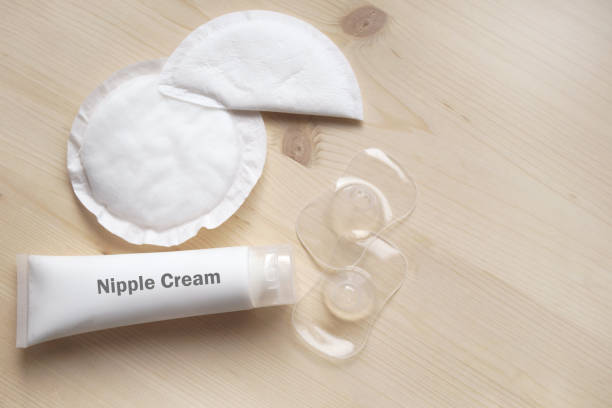
Nipple protectors for breastfeeding are invaluable tools for mothers, offering a range of benefits and practical solutions to common breastfeeding challenges. Understanding the benefits of nipple protectors and how to use them effectively can help nursing mothers navigate through nipple pain, discomfort, and other breastfeeding issues with confidence. This article explores the benefits of nipple protectors for breastfeeding mothers and provides guidance on how to use them effectively for a positive breastfeeding experience.
Benefits of Nipple Protectors
Nipple protectors, also known as nipple shields or breast shields, offer several benefits for breastfeeding mothers:
- Pain Relief: Nipple protectors can provide relief from nipple pain and discomfort, especially for mothers experiencing sore or cracked nipples during breastfeeding. The soft silicone or latex material of nipple protectors creates a barrier between the baby’s mouth and the mother’s nipple, reducing friction and irritation.
- Promotion of Healing: Nipple protectors can promote healing of sore or damaged nipples by providing a protective barrier that allows the nipples to heal while still allowing for breastfeeding. This can be particularly beneficial for mothers with severe nipple trauma or wounds that need time to heal.
- Latch Assistance: Nipple protectors can help facilitate a better latch for babies who have difficulty latching onto the breast due to anatomical issues or breastfeeding challenges. The shape and design of nipple protectors can help guide the baby’s mouth to the correct position for optimal latch and milk transfer.
- Extended Breastfeeding: Nipple protectors can support extended breastfeeding by enabling mothers to continue breastfeeding despite nipple pain or sensitivity. By alleviating discomfort and promoting healing, nipple protectors can help mothers overcome breastfeeding challenges and continue breastfeeding for longer periods.
How to Use Nipple Protectors
Using nipple protectors effectively involves the following steps:
- Select the Right Size: Choose a nipple protector that fits comfortably over your nipple and areola without compressing or constricting the breast tissue. Nipple protectors come in various sizes, so experiment with different sizes to find the one that fits best.
- Clean and Sterilize: Before each use, clean the nipple protector thoroughly with warm water and mild soap, then sterilize it by boiling it in water for a few minutes or using a sterilizing solution or steam sterilizer. Ensure that the nipple protector is completely dry before use.
- Apply Correctly: Place the nipple protector over your nipple and areola, ensuring that it covers the entire nipple and forms a secure seal around the breast. Gently press the edges of the nipple protector against your breast to ensure a snug fit.
- Encourage Latch: Encourage your baby to latch onto the breast with the nipple protector in place. Position your baby’s mouth in line with the nipple protector and wait for them to open wide before bringing them to the breast. Once latched, ensure that your baby’s lips are flanged out and their chin is pressed against your breast for a deep latch.
- Monitor Feeding: While using a nipple protector, monitor your baby’s feeding cues and ensure that they are effectively transferring milk. Watch for signs of hunger, swallowing, and contentment to ensure that your baby is getting enough milk during breastfeeding.
- Clean and Store: After each use, clean the nipple protector again with warm water and mild soap, then sterilize it as before. Store the nipple protector in a clean, dry container until the next use.
When to Seek Help
While nipple protectors can be helpful in addressing breastfeeding challenges, they are not a substitute for professional support and guidance. If you are experiencing persistent nipple pain, difficulty latching your baby, or other breastfeeding concerns, seek help from a lactation consultant, breastfeeding counselor, or healthcare provider. They can offer personalized advice and assistance to help you overcome breastfeeding challenges and achieve a successful breastfeeding experience.
In conclusion, nipple protectors for breastfeeding are valuable tools for breastfeeding mothers, offering relief from nipple pain, promoting healing, assisting with latch, and supporting extended breastfeeding. By understanding the benefits of nipple protectors and how to use them effectively, nursing mothers can navigate through breastfeeding challenges with confidence and ensure a positive breastfeeding experience for themselves and their babies. With proper use and guidance, nipple protectors can be valuable allies in the breastfeeding journey, helping mothers overcome obstacles and achieve their breastfeeding goals.
